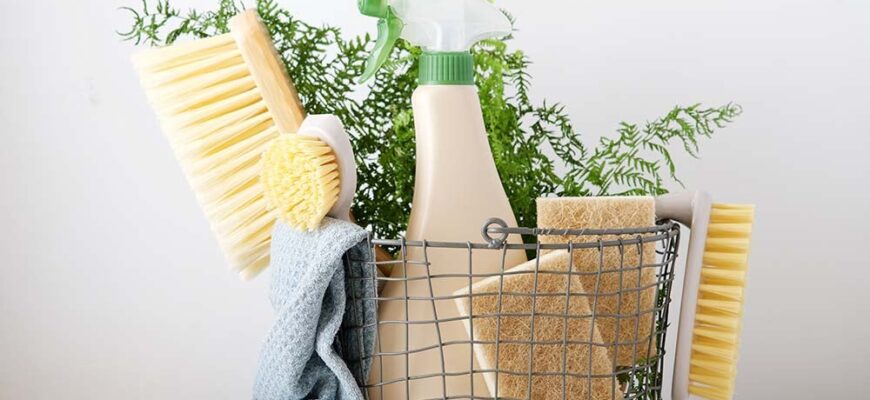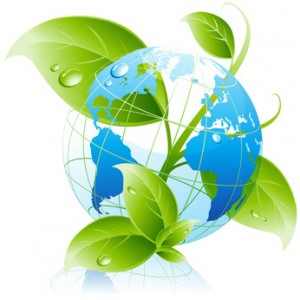- February 15, 2025
- in Apartment Cleaning, Commercial Cleaning, Green Spaces Maintenance, House Cleaning, Move In Out Service, Short Term Stay Cleaning
- by Mary
- 55
- 0

What to Look for in Green Cleaning Your Home
Green cleaning is more than just a trend—it’s a way to create a healthier home while reducing your environmental impact. With so many products and methods available, it’s important to know what to look for when transitioning to eco-friendly cleaning. Here are the key factors to consider:

Many conventional cleaners contain synthetic fragrances and dyes, which can trigger allergies and respiratory problems. Instead, choose naturally scented or unscented products.
Green cleaning isn’t just about products—it’s also about methods. Use microfiber cloths instead of disposable wipes, clean with cold water when possible, and conserve water while scrubbing.
Research brands that prioritize sustainability, ethical sourcing, and transparency in their ingredients and production processes. Many companies now focus on fair trade and carbon-neutral practices.
Many conventional cleaning products contain harsh chemicals that can cause respiratory issues, skin irritation, and other health problems. Look for non-toxic ingredients such as:
A truly green cleaner should break down naturally without harming the environment. Check labels for biodegradable formulas that won’t contribute to water pollution.
Opt for products with minimal or recyclable packaging. Even better, choose refillable containers or brands that use post-consumer recycled materials.
To ensure a product is genuinely eco-friendly, look for certifications such as:
One of the most sustainable ways to clean your home is to make your own solutions. Common DIY recipes include:
Transitioning to green cleaning doesn’t have to be overwhelming. By choosing non-toxic, biodegradable products with sustainable packaging and certifications, and even making your own solutions, you can create a healthier home while protecting the planet. Small changes can make a big impact—so why not start today?





